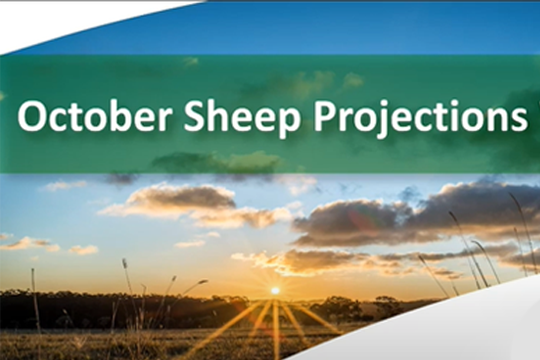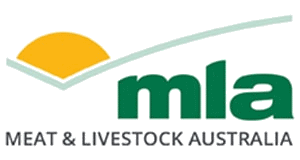
Subscribe to Prices & Markets e-newsletter
For in-depth red meat market news, information and analysis.
Sheep projections
In 2021, the national sheep flock is expected to grow by 6.3% to 68.1 million head, back above 2019 levels. This follows the flock falling to its lowest level on record in 2020, at 64 million head, after years of drought. By 2023, the flock is expected to be 75.4 million head.
Improved conditions in eastern Australia over the last year helped initiate a flock rebuild in late 2020. Favourable conditions for the first half of this year and a positive outlook for all major sheep producing regions in 2021, mean the pace of the national flock rebuild is faster that initially expected.
Lower than previously expected sheep and lamb slaughter, is driving the increased pace of the rebuild. Although still forecast to be above 2020 levels, 2021 lamb slaughter is not expected to reach the 4% growth originally forecast in MLA's February projections.
This year, MLA forecast sheep and lamb slaughter to be 6.1 million head and 20.3 million head, respectively. If this occurs, lamb slaughter could be up 1.5% on 2020 levels due to an increased lamb cohort and the fact many Victorian processors had reduced capacities in 2020 because of COVID-19 restrictions. Producers are also holding onto ewes for breeding purposes, reducing sheep slaughter levels.
In 2021, carcase weights are expected to remain in line with 2020 levels as favourable seasonal conditions and feed availability remain high.
The fall in mutton slaughter will largely offset any gains in lamb production. While lamb production is forecast to increase on the back of higher weights and slightly higher slaughter, total sheepmeat production will be relatively stable compared to 2020 levels – at 650,000 tonnes cwt.
Internationally, exports are in a similar position to production, as gains in lamb exports are expected to be offset by falling mutton exports. These stable export figures are being driven by supply, not a fall in demand. Encouragingly, in the first four months of 2021 mutton exports to China and lamb exports to the USA have both experienced double digit year-on-year growth, up 34% and 14% respectively.
A decision by the Qatar Government to remove subsidies on Australian sheep has contributed to live export forecasts falling 21%, to 640,000 head. Compounding this has been the transportation of over 2 million sheep from WA to the east coast in 2020, depleting the pool of available sheep for the live export trade. Encouragingly, Australia has received market access into the Saudi Arabian live export market after a 10-year hiatus – a great opportunity for the Australian live sheep trade.
Saleyard prices in 2021 are expected to remain high, though slightly lower than the records set in 2020 and 2019, indicative of a flock rebuild that is maturing.
As the aforementioned factors suggest, the sheep flock is in good shape to rebuild and grow, which will help Australia continue its position as a global export leader now and into the future.
Subscribe to Prices & Markets e-newsletter
For in-depth red meat market news, information and analysis.





